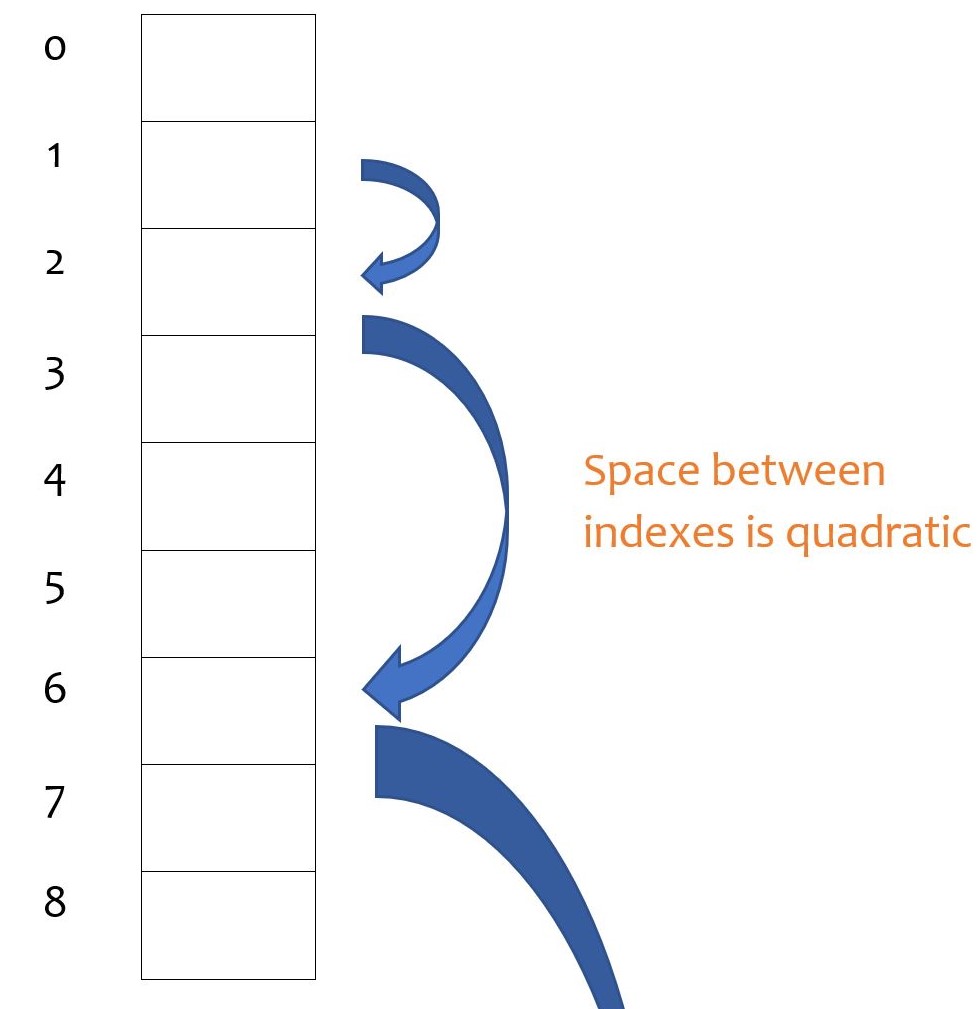Runtime Of Function To Generate A Hashmap Key
- Java Tutorial
Java HashMap. You learned from the previous chapter, that Arrays store items as an ordered collection, and you have to access them with an index number (int type).A HashMap however, store items in 'key/value' pairs, and you can access them by an index of another type (e.g. One object is used as a key (index) to another object (value). Jun 22, 2018 The java.util.HashMap.keySet method in Java is used to create a set out of the key elements contained in the hash map. It basically returns a set view of the keys or we can create a new set and store the key elements in them. Syntax: hashmap.keySet Parameters: The.
- Jun 22, 2018 The java.util.HashMap.put method of HashMap is used to insert a mapping into a map. This means we can insert a specific key and the value it is mapping to into a particular map. If an existing key is passed then the previous value gets replaced by the new value.
- In computing, a hash table (hash map) is a data structure that implements an associative array abstract data type, a structure that can map keys to values.A hash table uses a hash function to compute an index, also called a hash code, into an array of buckets or slots, from which the desired value can be found.
- Java Object Oriented
- Java Advanced
- Java Useful Resources

- Selected Reading

The HashMap class uses a hashtable to implement the Map interface. This allows the execution time of basic operations, such as get( ) and put( ), to remain constant even for large sets.
Following is the list of constructors supported by the HashMap class.
| Sr.No. | Constructor & Description |
|---|---|
| 1 | HashMap( ) This constructor constructs a default HashMap. |
| 2 | HashMap(Map m) This constructor initializes the hash map by using the elements of the given Map object m. |
| 3 | Football manager 2014 steam. HashMap(int capacity) This constructor initializes the capacity of the hash map to the given integer value, capacity. |
| 4 | HashMap(int capacity, float fillRatio) This constructor initializes both the capacity and fill ratio of the hash map by using its arguments. |
Apart from the methods inherited from its parent classes, HashMap defines the following methods −
| Sr.No. | Method & Description |
|---|---|
| 1 | void clear() Removes all mappings from this map. |
| 2 | Object clone() Returns a shallow copy of this HashMap instance: the keys and values themselves are not cloned. |
| 3 | boolean containsKey(Object key) Returns true if this map contains a mapping for the specified key. |
| 4 | boolean containsValue(Object value) Returns true if this map maps one or more keys to the specified value. |
| 5 | Set entrySet() Returns a collection view of the mappings contained in this map. |
| 6 | Object get(Object key) Returns the value to which the specified key is mapped in this identity hash map, or null if the map contains no mapping for this key. |
| 7 | boolean isEmpty() Returns true if this map contains no key-value mappings. |
| 8 | Set keySet() Returns a set view of the keys contained in this map. |
| 9 | Object put(Object key, Object value) Associates the specified value with the specified key in this map. |
| 10 | putAll(Map m) Copies all of the mappings from the specified map to this map. These mappings will replace any mappings that this map had for any of the keys currently in the specified map. |
| 11 | Object remove(Object key) Removes the mapping for this key from this map if present. |
| 12 | int size() Returns the number of key-value mappings in this map. |
| 13 | Collection values() Returns a collection view of the values contained in this map. |
Example
The following program illustrates several of the methods supported by this collection −
This will produce the following result −